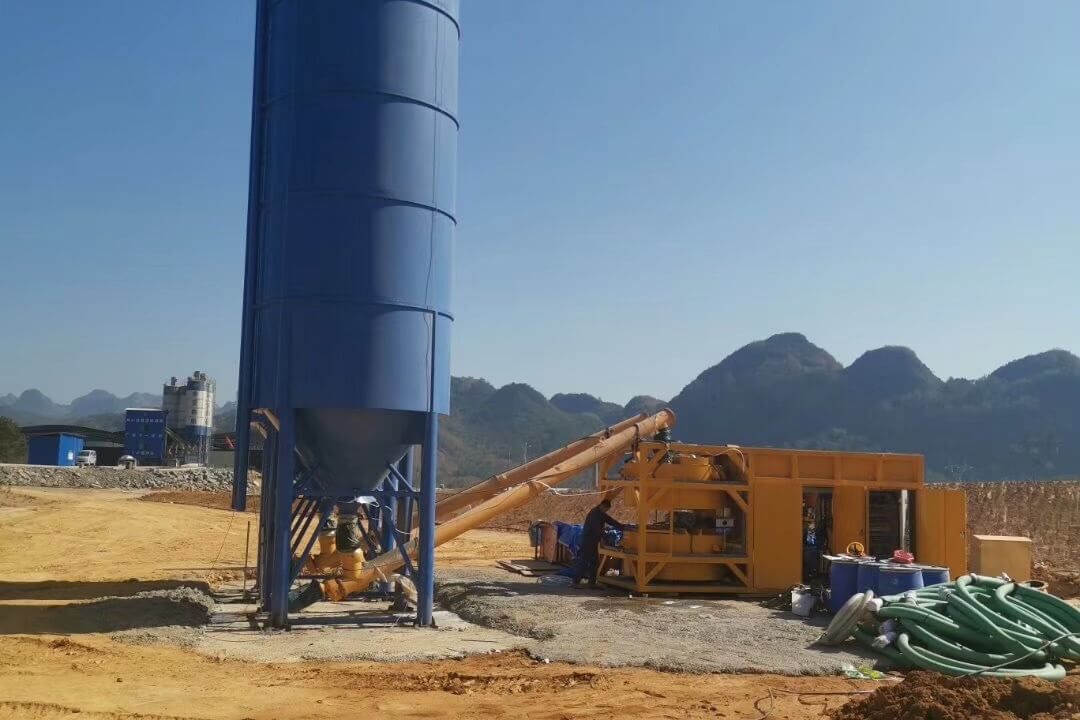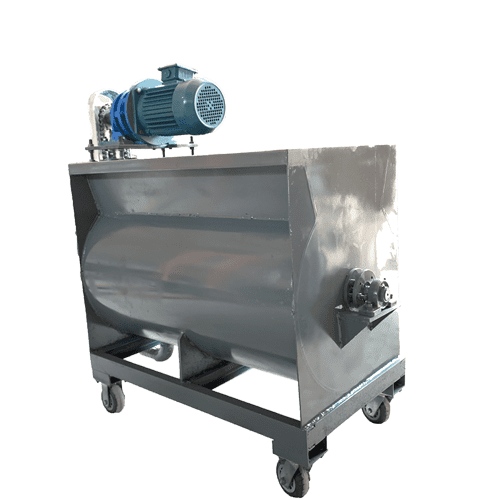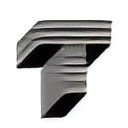Professional solutions on concrete addtives, Concrete Foaming Agent, Superplasticizer, CLC Blocks Additives, and foaming machine
(Ten common concrete crack treatment methods)
1. Surface Repair
Commonly used methods include compaction and smoothing, application of epoxy adhesive, spraying of cement mortar or fine stone concrete, pressure application of epoxy cement, epoxy resin pasting with off-duty silk cloth, increasing the overall surface layer, steel anchor bolt stitching, etc.
Surface coating and surface patching methods. The applicable scope of surface coating is thin and shallow cracks that are difficult to pour into with slurry, hairline cracks whose depth does not reach the surface of the steel bar, watertight cracks, non-scaling cracks, and no longer active. The surface patching (geomembrane or other waterproof sheet) method is suitable for anti-seepage and plugging of large-area water leakage (honeycomb pitted surface, etc., or where it is difficult to determine the specific leakage location and deformation joints).
2. Partial repair method
Commonly used methods include filling, prestressing, partial cutting out, and re-pouring concrete.
The cracks are directly filled with repair materials, generally used to repair wider cracks. The operation is simple, and the cost is low. For cracks with a width of less than 0.3mm and a shallow depth or cracks with fillers in the cracks that are difficult to achieve with grouting, as well as small-scale cracks, simple treatment can be done by opening V-shaped grooves and then filling them.
3. Cement pressure grouting method
Suitable for patching stable cracks with width ≥0.5mm.
This method has a wide range of applications, from fine to large cracks, and has good treatment effects. Use pressure feeding equipment (pressure 0.2~0.4Mpa) to inject the joint repair slurry into the concrete cracks to block. This method is a traditional method and has very good results. You can also use an elastic caulking device to inject the caulking glue into the cracks without using electricity, which is very convenient and the effect is ideal.
4. Chemical grouting
It can be poured into cracks with a crack width ≥0.05mm.
5. Reduce structural internal forces
Commonly used methods include unloading or controlling loads, setting up unloading structures, and adding fulcrums or supports. Change supported beams to continuous beams, etc.
6. Structural reinforcement
Commonly used methods include adding steel bars, thickening plates, encasing reinforced concrete, pasting steel plates, prestressed reinforcement systems, etc.
Structural reinforcement methods can be adopted to affect the structural strength, such as cracks caused by overload, reduced durability of concrete caused by cracks left untreated for a long time, cracks caused by fire, etc. Inspection of concrete crack treatment effects, including section reinforcement method, anchor reinforcement method, prestressing method, repair material test, core drilling test, pressure water test, etc.
7. Change the structural plan and strengthen the overall rigidity
For example, frame cracks are treated by adding partitions and deep beams.
8. Concrete replacement method
Concrete replacement is an effective way to deal with severely damaged concrete. This method removes the damaged concrete and then replaces it with new concrete or other materials. Commonly used replacement materials include: ordinary concrete or cement mortar, polymer or modified polymer concrete or mortar.
9. Electrochemical protection method
Electrochemical anti-corrosion uses the electrochemical effect of an applied electric field in the medium to change the environmental state of concrete or reinforced concrete and passivate the steel bars to achieve the purpose of anti-corrosion. The cathodic protection method, chloride salt extraction method, and alkaline recovery method are three commonly used and effective chemical protection methods. The advantage of this method is that the protection method is less affected by environmental factors, is suitable for long-term anti-corrosion of steel bars and concrete, and can be used for cracked and new structures.
10. Bionic self-healing method
The bionic self-healing method is a new crack treatment method. It imitates the function of biological tissue to automatically secrete certain substances to the traumatized part to heal the traumatized part. It adds certain special components to the traditional concrete components ( Such as liquid core fibers or capsules containing binders), and an intelligent bionic self-healing neural network system is formed inside the concrete. When cracks occur in the concrete, part of the liquid core fibers are secreted to allow the cracks to heal again.
Supplier
TRUNNANO is a supplier of Cement Anti-crack Agent-Preventing Cracks in Foam Concrete(which is one of concrete additives) with over 12 years experience in nano-building energy conservation and nanotechnology development. It accepts payment via Credit Card, T/T, West Union and Paypal. Trunnano will ship the goods to customers overseas through FedEx, DHL, by air, or by sea. If you are looking for high quality concrete crack reducing admixture, please feel free to contact us and send an inquiry. (sales@cabr-concrete.com).
(Ten common concrete crack treatment methods)









